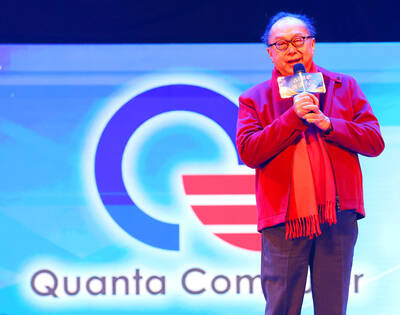India is to spend US$10 billion per year on new power transmission lines to satisfy growing demand in under-served areas, according to the nation’s largest private power-grid operator.
India lacks sufficient transmission infrastructure to link its increasing generation capacity to areas of burgeoning consumption, Sterlite Power Transmission Ltd chief executive Pratik Agarwal said.
The central government might spend about US$6 billion annually, with the rest coming from state governments, he said.
“India should see far bigger growth of electricity consumption than it has seen for the last three to four years,” Agarwal said. “If you want to make a dent in the energy industry, it is no longer about generation, it’s about delivery.”
Demand for transmission infrastructure is being driven by Indian Prime Minister Narendra Modi’s goal of supplying affordable, continuous power to the whole nation by 2019.
India’s peak electricity demand is expected to rise by more than 53 percent to 235 gigawatts during the six years to March 2022, according to the Indian Central Electricity Authority.
The government’s rural electrification plans would drive demand for investment across the electricity value chain, Agarwal said.
Linking millions of people in villages to the grid would require more power lines to bring electricity from different parts of the nation, he said.
“We need to spend a huge amount of money on transmission,” Emkay Global Financial Services Ltd analyst Anuj Upadhyay said. “In spite of having so much generation capacity, the flow of power is still not happening in many areas because of transmission constraints.”
Agarwal’s estimates for transmission spending outpace recent forecasts by the government. The Central Electricity Authority expects 2.6 trillion rupees (US$7.6 billion) to be spent each year in the five years to March 2022, according to a draft national electricity plan released last week.
Sterlite Power has 10 inter-state power transmission projects with a total network of 29 power transmission lines of about 6,767 circuit kilometers and seven substations. Four of these projects are operational.
The company is looking to raise about 26.5 billion rupees by listing two of its operational transmission projects through an infrastructure investment trust named India Grid Trust.
Funds would be primarily used to repay loans. The trust would also have a first right to acquire the remaining eight Sterlite projects.
The government’s increasing focus on renewable power is another factor that is driving transmission demand, Agarwal said.
The intermittent nature of renewable power would require grids to be smarter, he said.
“Grids around the world are designed for stable flow of energy.” Agarwal said. “Renewable is exactly the opposite. Most people in the world haven’t budgeted for this.”
India plans to invest 10.3 trillion rupees to add nearly 188 gigawatts of generation capacity in the five years through March 2022.

Intel Corp chief executive officer Lip-Bu Tan (陳立武) is expected to meet with Taiwanese suppliers next month in conjunction with the opening of the Computex Taipei trade show, supply chain sources said on Monday. The visit, the first for Tan to Taiwan since assuming his new post last month, would be aimed at enhancing Intel’s ties with suppliers in Taiwan as he attempts to help turn around the struggling US chipmaker, the sources said. Tan is to hold a banquet to celebrate Intel’s 40-year presence in Taiwan before Computex opens on May 20 and invite dozens of Taiwanese suppliers to exchange views

Application-specific integrated circuit designer Faraday Technology Corp (智原) yesterday said that although revenue this quarter would decline 30 percent from last quarter, it retained its full-year forecast of revenue growth of 100 percent. The company attributed the quarterly drop to a slowdown in customers’ production of chips using Faraday’s advanced packaging technology. The company is still confident about its revenue growth this year, given its strong “design-win” — or the projects it won to help customers design their chips, Faraday president Steve Wang (王國雍) told an online earnings conference. “The design-win this year is better than we expected. We believe we will win

Quanta Computer Inc (廣達) chairman Barry Lam (林百里) is expected to share his views about the artificial intelligence (AI) industry’s prospects during his speech at the company’s 37th anniversary ceremony, as AI servers have become a new growth engine for the equipment manufacturing service provider. Lam’s speech is much anticipated, as Quanta has risen as one of the world’s major AI server suppliers. The company reported a 30 percent year-on-year growth in consolidated revenue to NT$1.41 trillion (US$43.35 billion) last year, thanks to fast-growing demand for servers, especially those with AI capabilities. The company told investors in November last year that

Power supply and electronic components maker Delta Electronics Inc (台達電) yesterday said it plans to ship its new 1 megawatt charging systems for electric trucks and buses in the first half of next year at the earliest. The new charging piles, which deliver up to 1 megawatt of charging power, are designed for heavy-duty electric vehicles, and support a maximum current of 1,500 amperes and output of 1,250 volts, Delta said in a news release. “If everything goes smoothly, we could begin shipping those new charging systems as early as in the first half of next year,” a company official said. The new